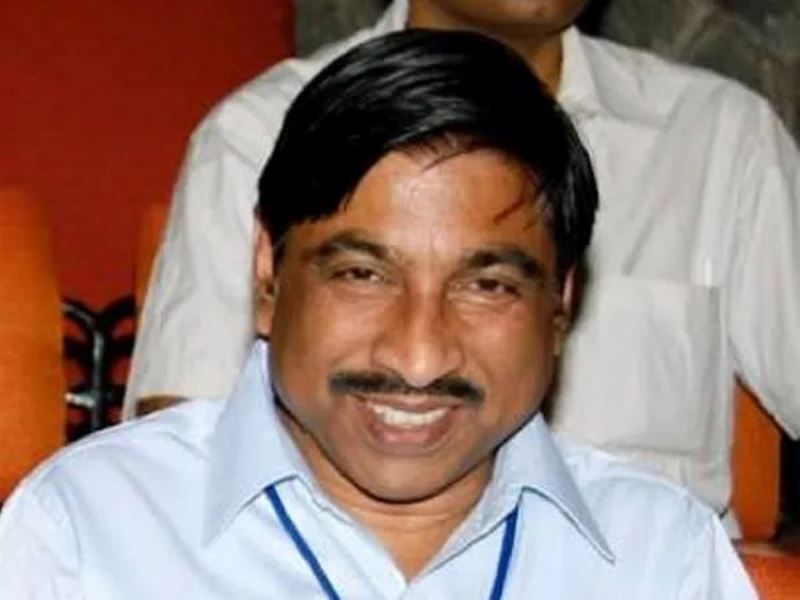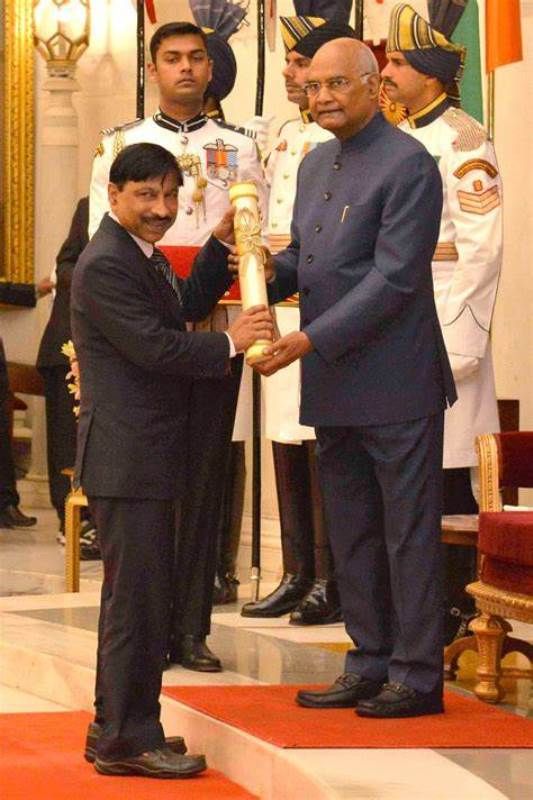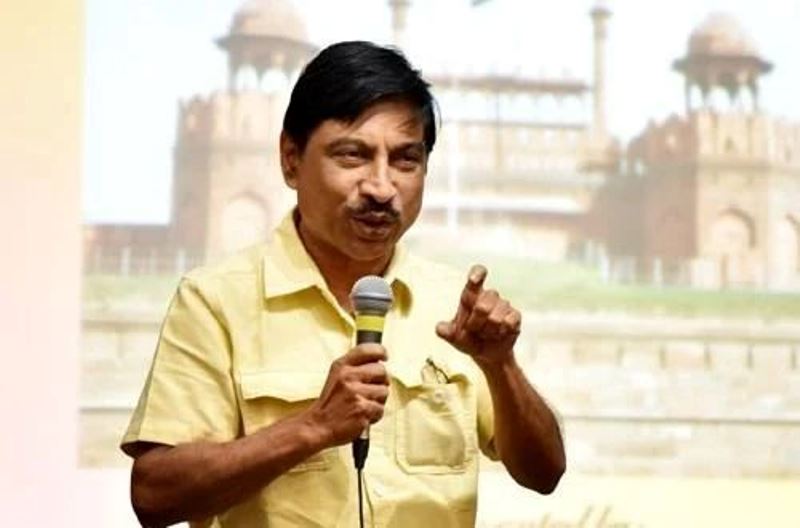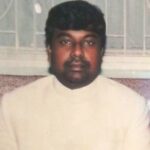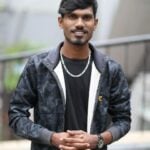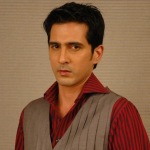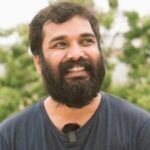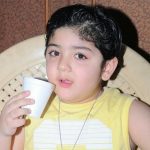K. K. Muhammed Height, Age, Wife, Children, Family, Biography
Quick Info→
Age: 72 Years
Wife: Rabiya Muhammad
Hometown: Calicut, Kerala
Some Lesser Known Facts About K. K. Muhammed
- He served as a regional director of the Archaeological Survey of India (ASI).
- He was credited for the finding of Ibadat Khana (the meeting house built by Akbar) and many other prominent Buddhist stupas and monuments.
- During his career, he undertook the restoration of the Bateshwar Complex and convinced the naxal insurgents and dacoits to cooperate with them and facelift and restored the Dantewada and Bhojeshwar temples.
- He worked as a technical assistant and later as an assistant archaeologist in the Department of History at Aligarh Muslim University.
- He initially worked as a deputy superintendent archaeologist for the Archaeological Survey of India. In 1988, he was posted to Madras and in 1991, he was posted to Goa.
- He has served as the superintendent archaeologist in the Archaeological Survey of India in the head offices at Patna from (1997-2001), at Agra from (2001-2003), at Chhattisgarh from (2003-2004), at Bhopal from (2004-2008), and at Delhi from (2008-2012).
- In 1976, his team was the first to discover the ruins of the Ram Mandir in Ayodhya. He shared in an interview that he found the remains of the of the temple on the western side of the mosque. His team found 12 pillars while excavations that were constructed according to the Hindu symbolism
- He was also part of the team that excavated the site of the Babri Masjid in 1976.
- He discovered the first Christian Chapel of North India built by Akbar at Fatehpur Sikri.
- He excavated the Buddhist Stupa of Kesaria built by the Emperor Ashoka.
- He discovered and excavated the Buddhist Stupa in Rajgir.
- He executed the idea of building a museum that showcases replicas of Indian statues and stone-carved sculptures. The museum was called the Replica Museum.
- He located and excavated a number of rock cut caves, umbrella stones, cists and dolmens in Calicut and Malapuram districts of Kerala.

